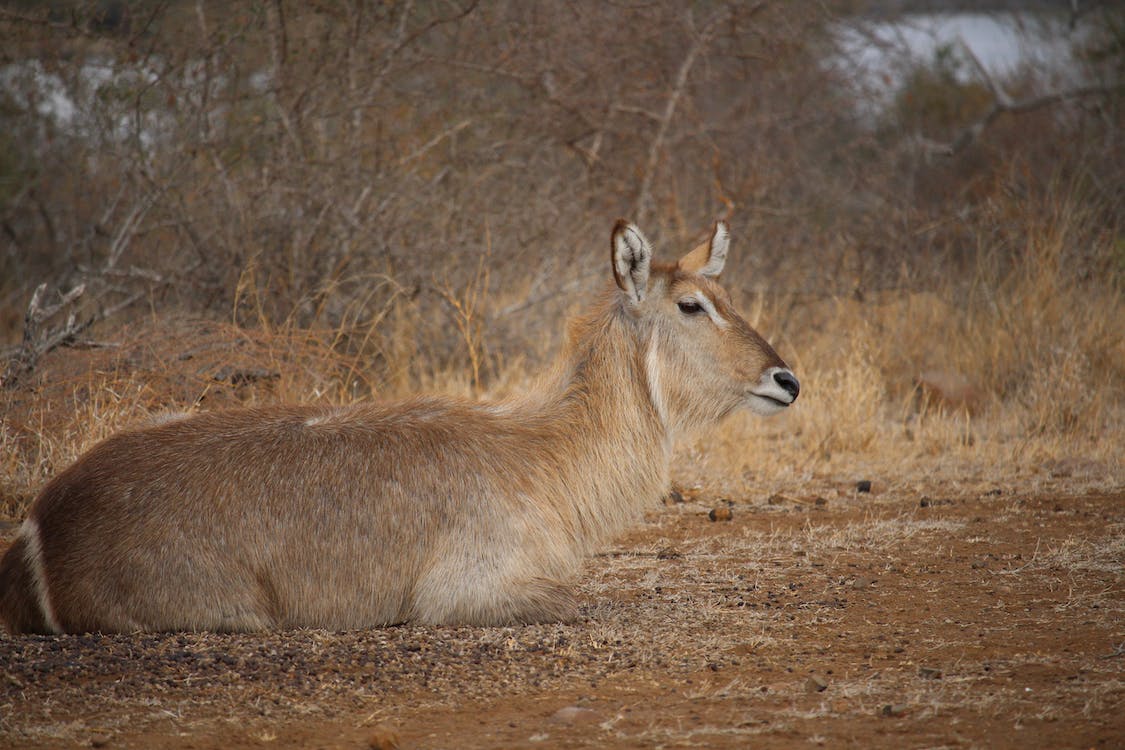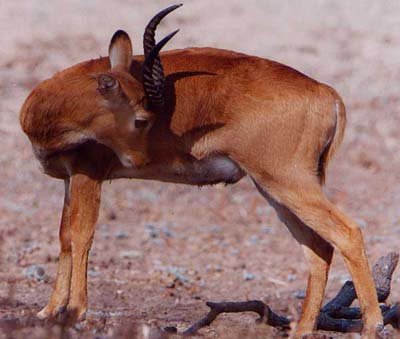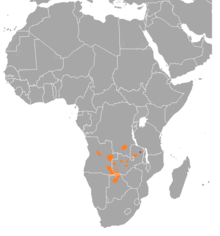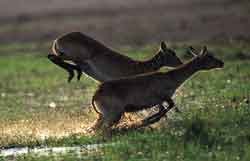There are many animals to see in various habitats, including birds, some reptiles, and different species of mammals. It is in Africa where we can find another magnificent species of mammal called the Red Lechwe.
The Red Lechwe is an Antelope typically found in wetlands, plains, woodlands, and swamps. It is a species under Kobus – which is a genus of African Antelopes. The Kobus genus has six species, including the Lechwes, waterbucks, kob, and puku, and all of them have very distinct features. Since all of them are under the same family, they have a lot of similar traits, starting from their horns, body structure, and their hoofed-feet. Apart from these, they vary in some ways, mainly from their color, nature, and distribution.
In this article, we are going to focus on one of the Kobus species, the Red Lechwe. Let’s take a look into their habitat, diet, nature, and other interesting facts about this beautiful animal.
Habitat
The antelopes, particularly the Red Lechwe, lives in wetlands and marshy areas. Although it is still common for them to live in woodlands, forests, and grasslands, they still need water, which is crucial for their survival. It is because they are Herbivores, and their diet mostly relies on aquatic grasses – we will discuss this information further in the article.
Since they are inhabitants of the tropical wetlands, you can find antelopes in Sub-Saharan Africa, mainly in Angola, Botswana, DR Congo, Namibia, and Zambia; in tropical areas.
Diet and Food Source
As mentioned earlier, the Red Lechwe is a herbivore, which mainly eats aquatic grasses. The aquatic grass is an essential part of their diet since it is a requirement for female lechwes and calves, which explains why they are more comfortable living in wetlands because they heavily depend on water to survive and to reproduce. While male lechwes don’t rely much on water, it is still a part of their lifestyle. An interesting fact about lechwes is their specialized digestive system. It has special enzymes for digesting large amounts of cellulose found in grass and plants. This enzyme allows them to have proper nutrition and reproduce efficiently.
Behavior and Lifestyle
Lechwes, and other species of antelopes, are cursorial animals. They are naturally born runners similar to horses, which is another excellent example of cursorial animals. As cursorial animals, they can run for long distances while maintaining a high-speed, unlike other mammals that could only run in short bursts. This trait is common to antelopes, and besides their incredible speed and unmatched stamina, they can also perform precise turns, which makes them exceptional runners. They use this trait as an advantage against predators, like cheetahs, who are going for an attack.
Cheetahs are known as the fastest land animal in the world, and it’s one of the lechwe’s primary predators. However, there are several instances where the lechwes escape from cheetahs during a chase. It is because of the lechwe’s ability to precise turn, thus, outmaneuvering the cheetahs – since they can only run exceptionally fast in short distances and are not good in tight turns like the antelopes.
Another interesting habit of lechwes is they gather in groups called herds. Their sex separates the herds of lechwes into two. You can find female lechwes, along with their calves, mostly near rivers, swamps, and other aquatic areas because they are dependent on water based on their lifestyle. However, this semi-amphibious trait brings potential harm to females because they become easy prey for predators living in the same area – like crocodiles, leopards, wild dogs, and pythons. Furthermore, male lechwes live far from water sources to compete for their territories.
Population
Despite the lechwe's gentle nature, it is saddening to know that their population is continuously decreasing. Today, the classification of this species is already in the Near-Threatened (NT) list.
One major factor to consider is the poaching for meat since there was an increase in demand for bushmeats from Red Lechwes. Another factor is drought, which is inevitable due to our rising temperatures and other human-made causes. We also have the building of dams on the list since we mentioned earlier that the lechwes, mainly the females, are dependent on water to reproduce and survive. However, due to the invention of dams, the natural flooding cycle changed, which brings drought to some rivers and other natural bodies of water occupied by lechwes.
WILDLIFE PARKS AND RESERVES WHERE THIS SPECIES IS FOUND:




